How a Major Food Processor Eliminated Organic Waste
Every week, a million pounds of produce is plucked from farms all over the country and delivered to Baldor’s 172,000-square-foot facility in the Bronx, where it is washed, chopped, and packaged before being trucked to grocery stores and restaurants. In the past, the trimmings—carrot peels, strawberry tops, onion skins, and so forth—were brought to a landfill and composting facility, amounting to 150,000 pounds of waste per week. That changed when Thomas McQuillan, Baldor’s director of food service sales and sustainability, realized what he was throwing away. “I looked at the product and said, ‘It’s food,'” he recalls. “‘We need to treat it as food.'”
Now, after launching a major waste-reduction initiative, the company no longer trucks anything to the dump—essentially producing zero organic refuse. Vegetable leftovers are bagged and offered to chefs for use in stocks or sauces. Fruit odds and ends are sold to juiceries, which use them for cold-pressed drinks. Scraps that aren’t suitable for human consumption (such as cantaloupe rinds) are made into animal feed. Anything that falls on the floor of the facility or arrives rotten is processed through a “waste-to-water” machine, which turns food into a slurry that can safely go down the drain.
Baldor, which began as a New York City fruit stand in the 1940s, is also blending scraps into entirely new products that it then sells in grocery stores under its private label, Urban Roots. The items contain what’s known as a dry vegetable blend: a mix of 20 different vegetables that have been dehydrated and crushed into a flourlike consistency. It can take the place of wheat in certain recipes, while upping the nutrient density. Baldor has already introduced gluten-free croutons and bread crumbs that incorporate the mixture, and stuffing will follow within the next year.
The changes aren’t just good for the environment—they have also provided a significant boost to Baldor’s bottom line. In addition to saving money (hauling waste to the landfill used to cost the company about 10 cents per pound), the company is also generating new revenue: Certain scraps, such as carrot peels, are selling for as much as 30 cents per pound. “There’s a huge profit potential there,” says Katy Franklin of ReFed, a nonprofit that helps corporations reduce food waste. “It makes financial and social and environmental sense to be addressing this. The biggest hurdles are awareness and training—figuring out the right processes and establishing partnerships.”
The partnership part is especially important, since somebody has to actually buy Baldor’s food-waste products. Many high-end chefs are excited about the idea, both because it’s good for the environment and because it challenges them to be creative. Adam Kaye, who oversees the kitchens at renowned restaurants Blue Hill and Blue Hill at Stone Barns, uses the tough cores of lettuce heads in salads or marinated as a side dish, and incorporates the pale inner leaves of celery hearts into spices or stocks. “We talk about the nose-to-tail approach to butchery. You use everything on a pig,” he says. “[We need to] apply that same approach to vegetables and the whole farming system.”
Next, Baldor is planning to take a hard look at the pallets and boxes it uses to deliver products to its customers. Supermarket-style produce boxes are typically made out of waxed cardboard, which isn’t recyclable. Baldor’s McQuillan is working on alternatives, and in the meantime the company’s packaging is used multiple times rather than just being discarded. “Part of the [goal] is recognizing that we can do things differently,” he says. “All companies should want to glean the greatest value possible out of their assets. We really need to make change now.”
A version of this article appeared in the July/August 2017 issue of Fast Company magazine.
















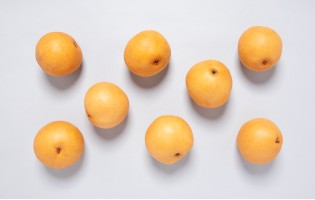

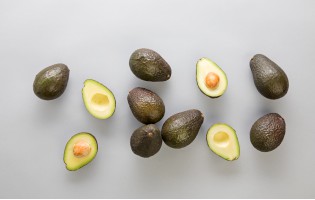
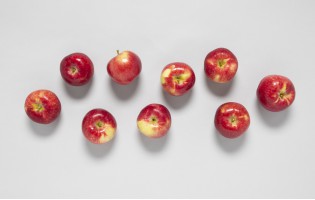







































































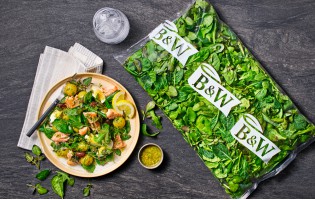




























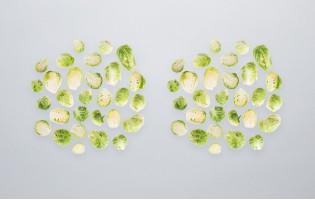












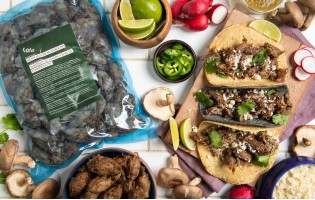


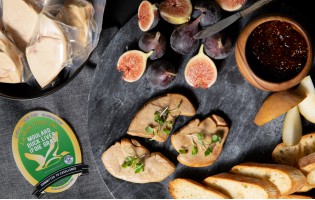
















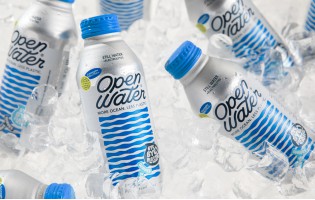

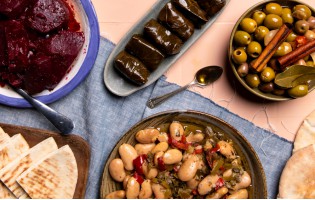





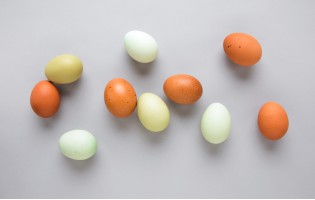
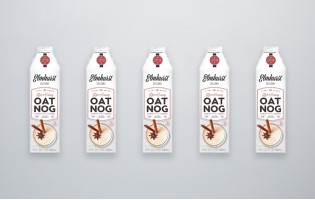
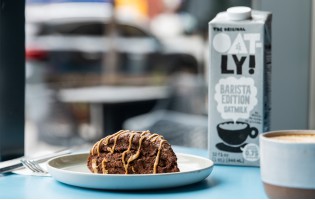


















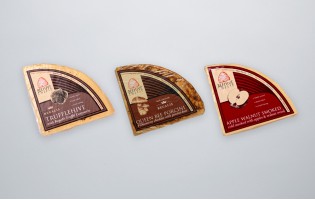
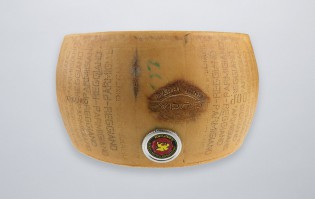
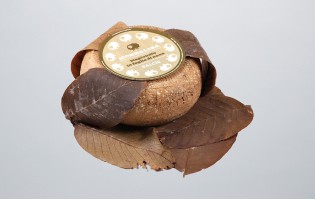









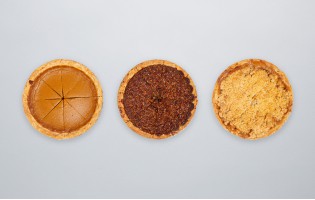


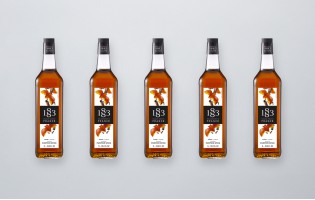


















 Fruits
Fruits  Organics
Organics  Vegetables
Vegetables  Fresh Cuts
Fresh Cuts  Meat & Poultry
Meat & Poultry  Grocery
Grocery  Dairy
Dairy  Cheese
Cheese  Bakery
Bakery  Seafood
Seafood 